Peace is often visually represented by the serene image of a dove, but ironically, there is a robustness to peace that is frequently misconstrued. This robustness infiltrates the common discourse as a misconception - the difference between being peaceful and being simply harmless. To be peaceful, one must possess the capacity for violence but choose restraint, mindfulness, and compassion over its deployment.
TL;DR Summary
The article explores the nuanced concept that true peace is not mere harmlessness but the choice to refrain from violence despite having the capacity for it. Examining historical, psychological, and philosophical perspectives, it argues that a peaceful society or individual is credible when backed by restrained strength. The modern implications of this principle are evident in legal frameworks, media representation, and personal development, underscoring the importance of education in balancing potential violence with actual peace. In short, peace is a deliberate state of serenity underpinned by the power of self-control and the wisdom to choose nonviolence.
The complexity of peace is vast; it is not the absence of tension, but the presence of justice and ideological peace. In understanding this, the assertion that "you’re not peaceful if you're not capable of violence; you're harmless" gains dimension. This article delves into the depths of what it means to truly embody tranquility, not as a state of harmlessness, but as a strategic non-violent action borne from strength.
Historical Context
Historical episodes reverberate with instances where the threat of force underpinned diplomatic efforts to maintain peace. Throughout global history, from the Roman Pax to the Cold War's deterrence policies, societies have undeniably aligned with the principle that a peaceful society is fortified by the undercurrent of its violent potential to defend itself. The historical violence and peace juxtaposition reveals that maintaining societal peace was often a result of significant military power.
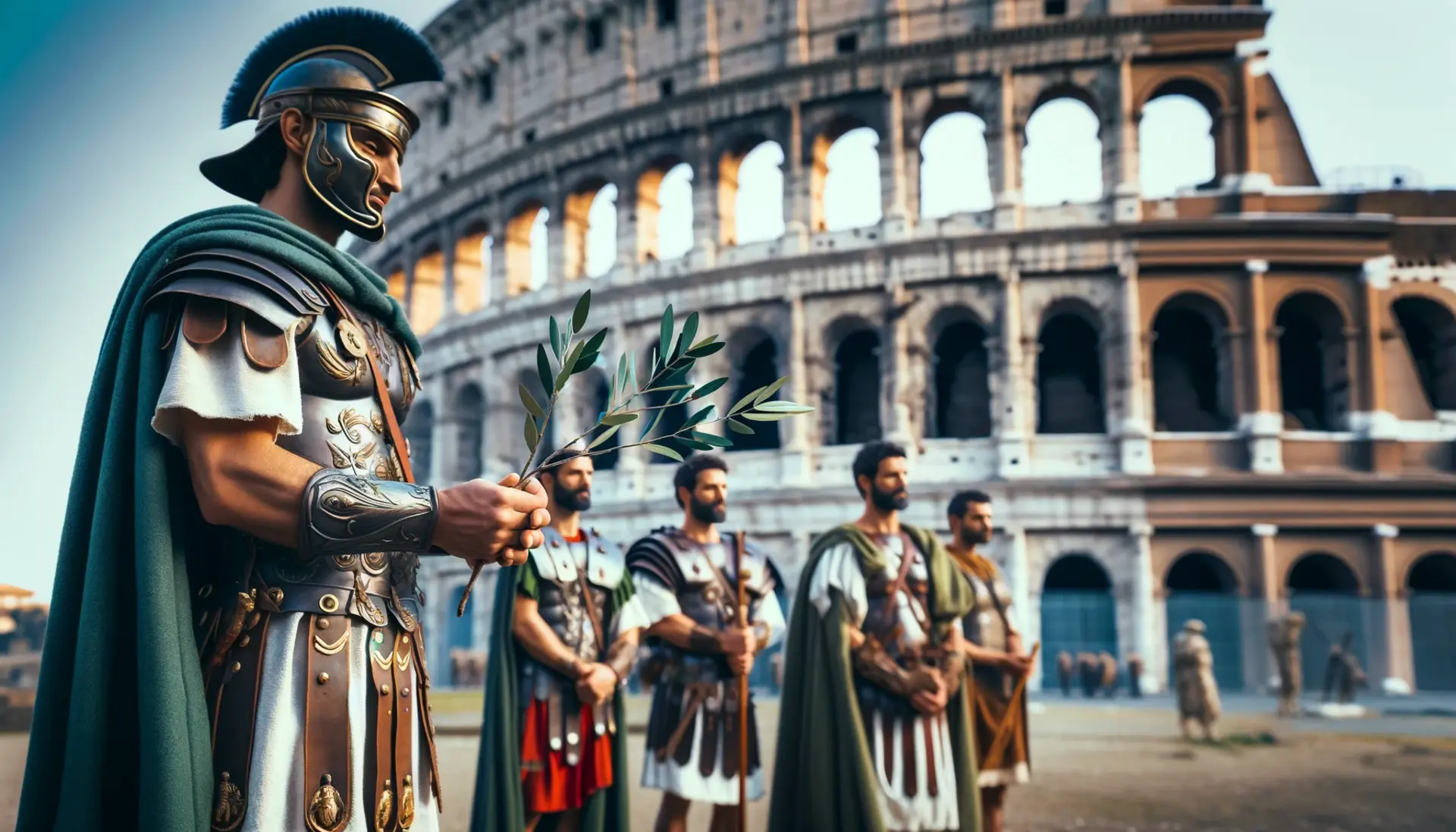
The influential peace treaties of history were contracts that, paradoxically, were guaranteed by the underlying capacity for violence of the signatories. These contracts— the Treaties of Westphalia, the Congress of Vienna, and even more recently, international relations and peace agreements like the Treaty on the Non-Proliferation of Nuclear Weapons—reflect the recognition that true peace often follows the cessation of violent struggle.
Psychological Aspects
The human psyche is predisposed to perceive threat levels and, consequently, to engage in deterrence and tranquility measures. Psychologically, a state of peacefulness requires the cognitive acknowledgment of one's inherent defensive tactics, which aid in crime prevention and personal security. The cultivation of inner peace doesn't negate the awareness of one's capacity to protect and assert themselves when danger looms.
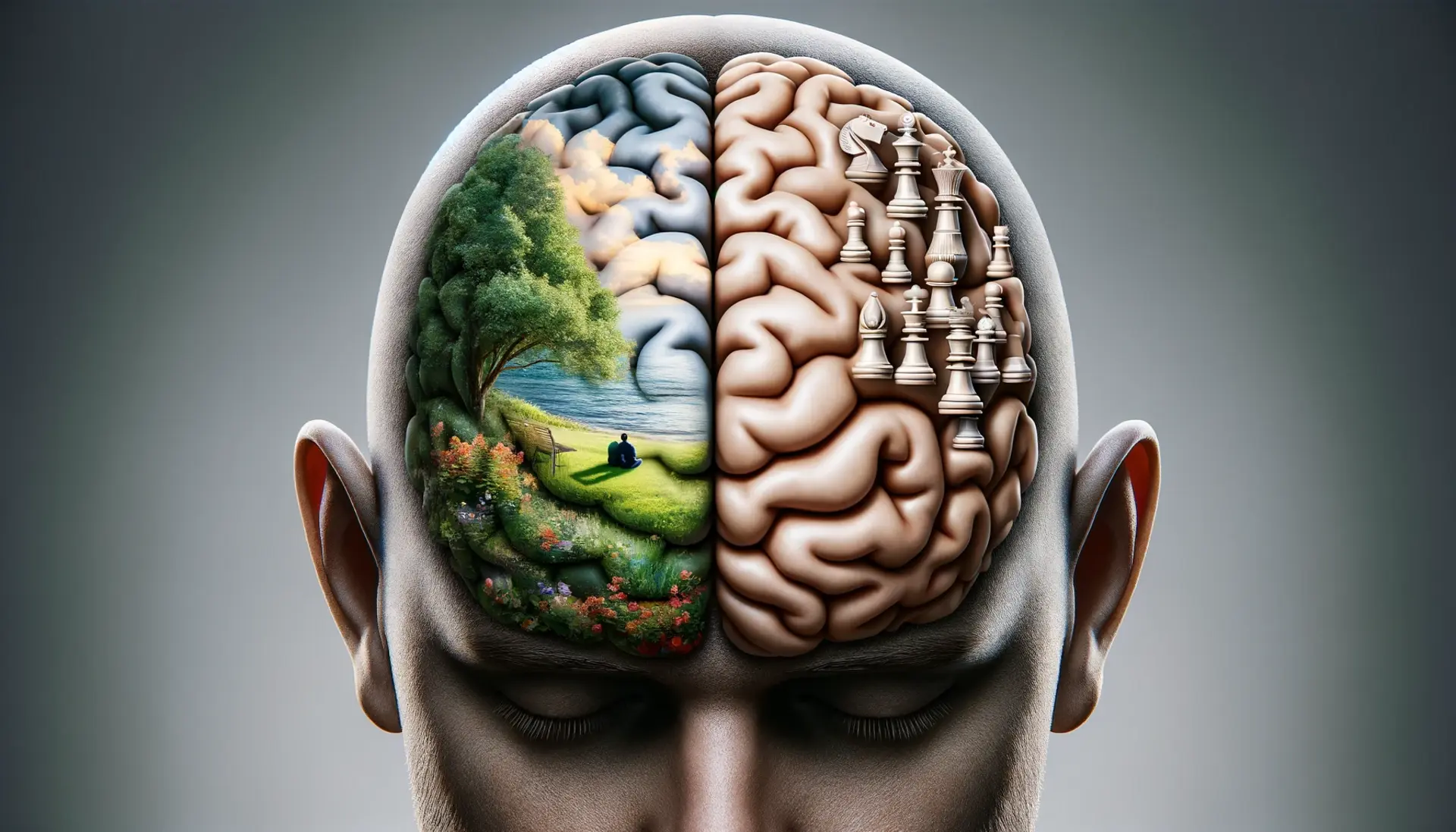
Distilling the psychological underpinnings of violence from those of tranquility points towards the role of aggression management. Individuals who perceive themselves as harmless often lack the agency or means for self-defense and, as a result, might struggle with maintaining genuine peaceful conflict mediation. In contrast, those perceived as peaceful, backed by a recessive white flag of potential force, are civically engaged and capable of great violence, albeit restrained by conscience and understanding.
Personal development literature echoes this sentiment by emphasizing the importance of balance between violence and peacefulness in personal lives. The martial arts, both a display of the strength and nonaggression philosophy, encapsulate the essence of being peaceful: a master knows the damage they could wreak but opts for restraint, harmony, and inner peace cultivation, consciously navigating away from the precipice of unleashing violence.
Philosophical Perspectives
Philosophically, the debate surrounding peace and violence has persisted throughout the centuries. Philosophers on violence have long argued that ethical violence, one exercised with just cause, is a necessary framework for legal and ethical considerations. From Aristotle's musings on a just war to modern thinkers who expound upon the ethical dilemmas in violence, there's a consensus that capacity for violence is integrated into the blueprint for a peaceful community.
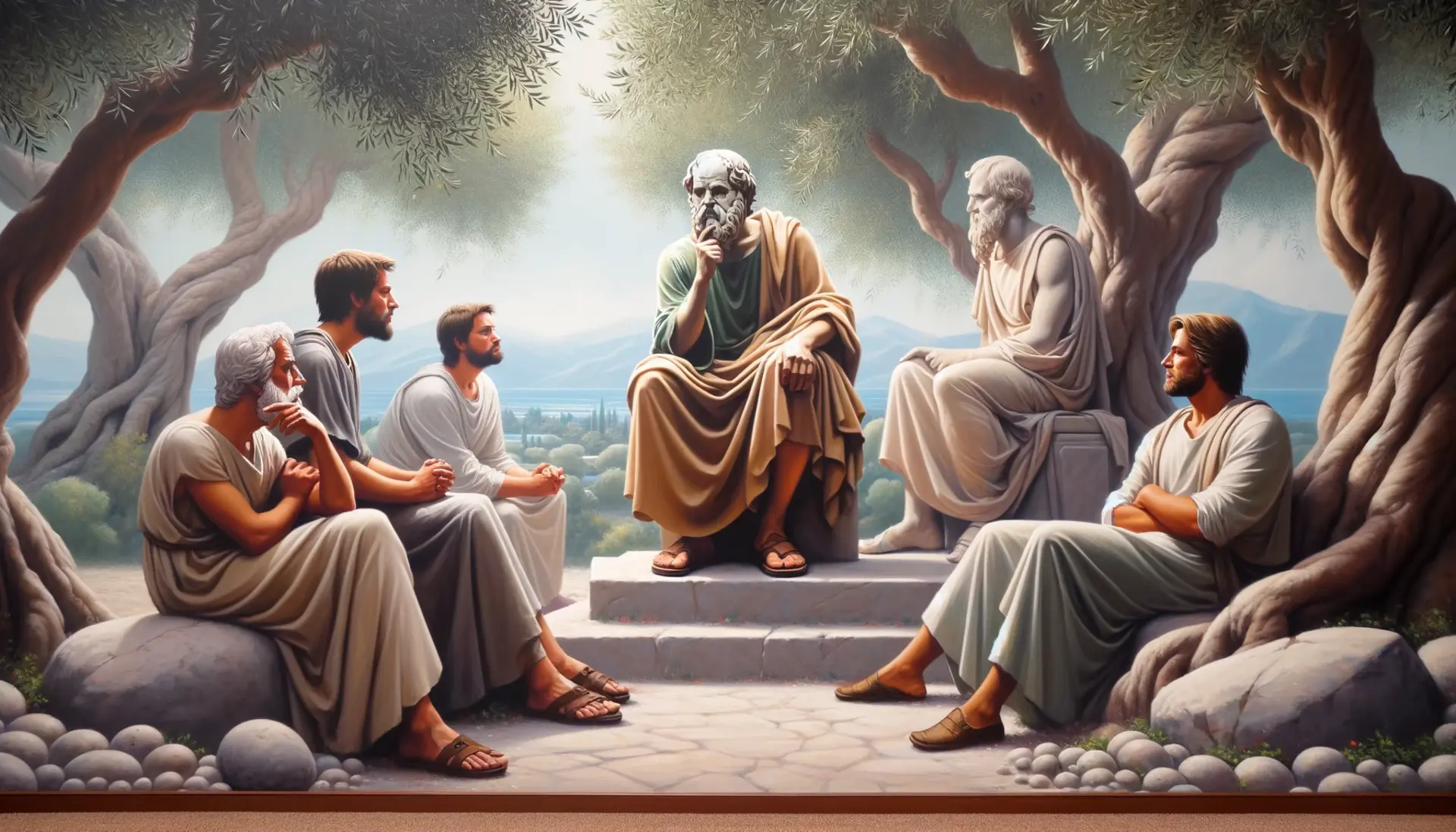
In examining the main tenet of this discussion, one invariably encounters the question: does possessing violence as a deterrence method contradict the nature of peace, or does it reinforce it? Philosophical peace seeks a middle way, where nonviolent communication and assertive but non-aggressive behavior engender a palpable sense of communal harmony and societal peace without necessitating overt hostility.
Thus, examining the statement "You can’t truly call yourself peaceful unless you're capable of great violence" through the lens of a non-aggressive defiance reveals a dichotomy central to our understanding of peace. The notion that a peace-loving individual or nation could possess violent capabilities, yet prioritize peaceful resolution and diplomacy, highlights the virtue—and necessity—of being powerful but restrained.
Modern Implications
In modern society, the importance of the capacity for violence is underscored by political and social dynamics - a peaceful society must ensure its legal framework for violence is robust but regulated. The presence of lawful defense mechanisms and strategic defense planning align with maintaining order and civil obedience. While some may see this as contradictory to peace and societal harmony, it's a pragmatic acknowledgment of the violent threats for peacekeeping that can arise.
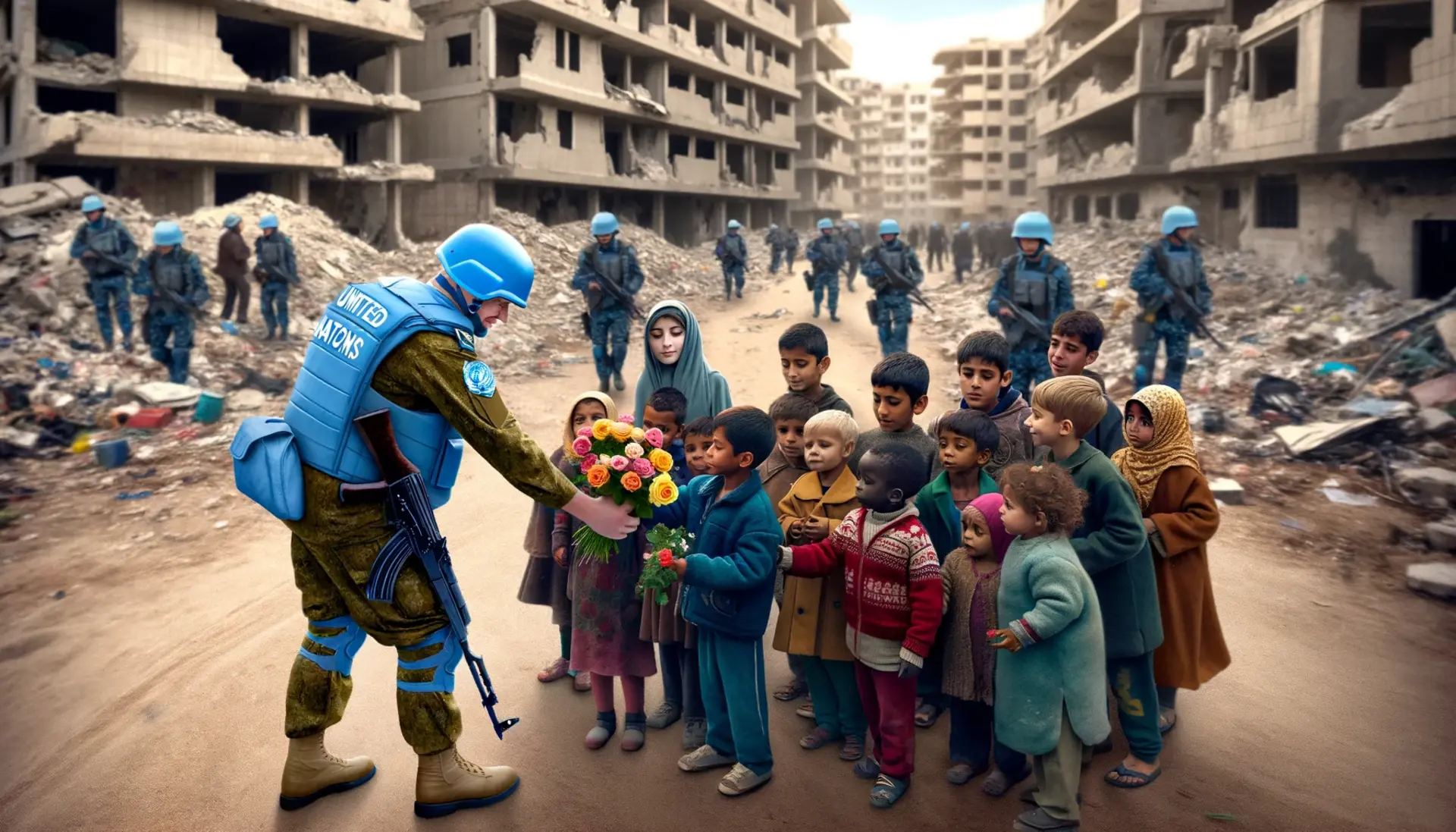
Instances abound where the potential for military power and diplomacy has both maintained and disrupted peace at a grand scale. Nations often label themselves as harbingers of peace, ensuring global security through peacekeeping forces and strategic nonviolent action. Yet underneath this diplomatic veneer, their peace psychology is backed by substantial defensive capabilities—a clear symbol of peace and safety that silhouetted by the requisite military ethics and strength.
On the societal level, peace activists leverage the understanding of peace's true nature by adopting tactics of active non-violence. By effectively employing strategic non-violent action and putting forth an image of defense readiness without aggression, change is championed without direct confrontation. These modern implications of peace suggest that the capacity for violence and the wisdom to forgo its use reflects the deepest respect for life and the gravitas of true peace.
The Role of Media and Education
The media often paints a dual picture of violence and peace, influencing public perception and spurring lively debate. Violence in media effects can distort the public's understanding of tranquil and peaceful conflict mediation methods, emphasizing sensationalism over context. However, educational platforms wield substantial influence by promoting violence awareness and fostering a peaceful mindset among individuals, thus impacting violence perception in positive ways.
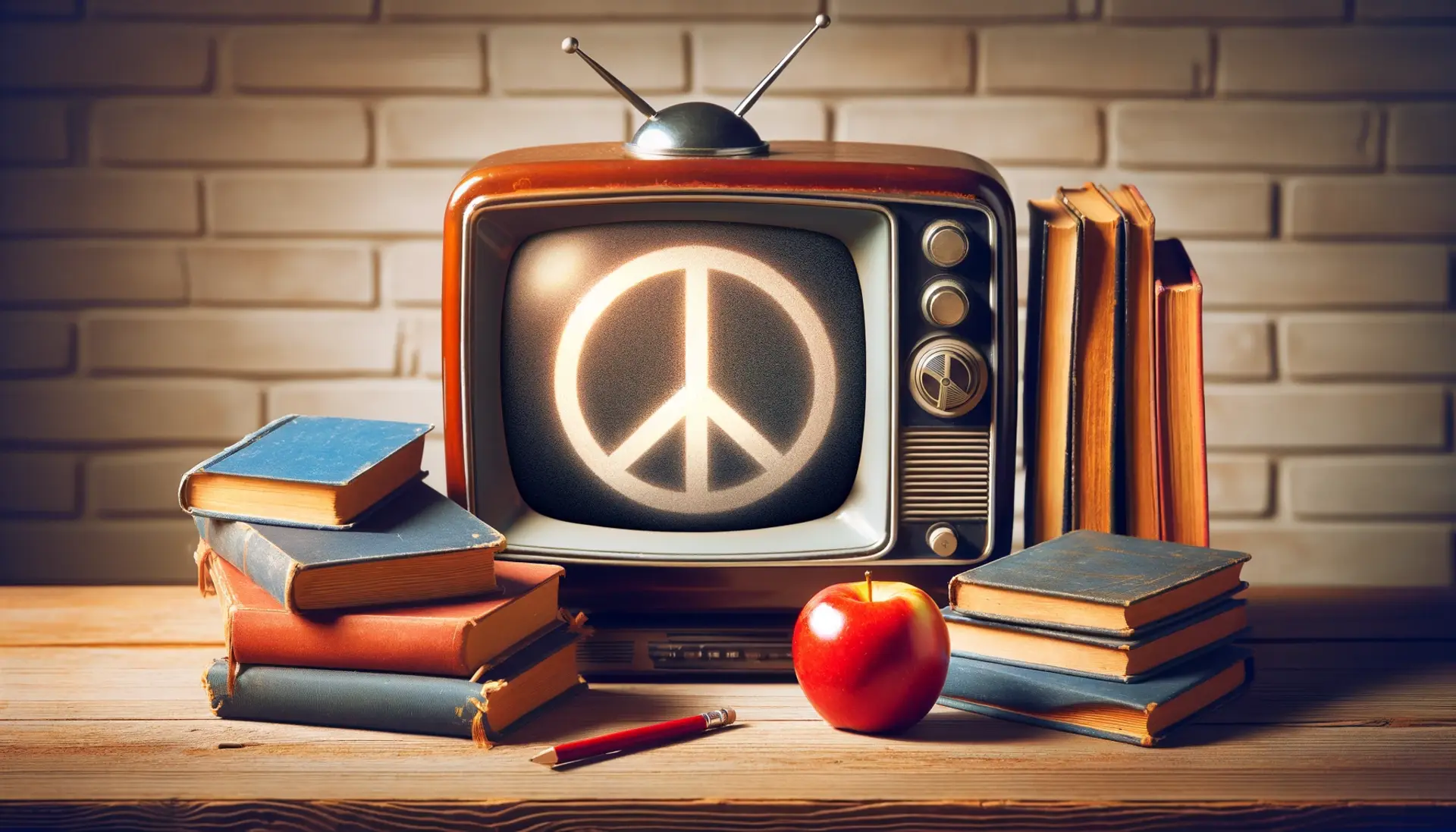
Educators have an essential role in illustrating the complex interplay between peace and the potential for violence. Through education, individuals learn nonviolent communication skills, the significance of peace studies, and the deployment of knowledge as violent capabilities in the battle against injustice. Such education underscores the reality that violence as a deterrence method can coexist with a peace-centric posture.
Legal and Ethical Considerations
Legal boundaries regarding violence present a continuum of ethical complexities. Societies legislate carefully to define conditions under which protective violence is justified. By delineating right to self-defense within a clear legal framework, governance structures facilitate a culture where peace is underpinned by aggression management and the ethical use of violent capabilities.
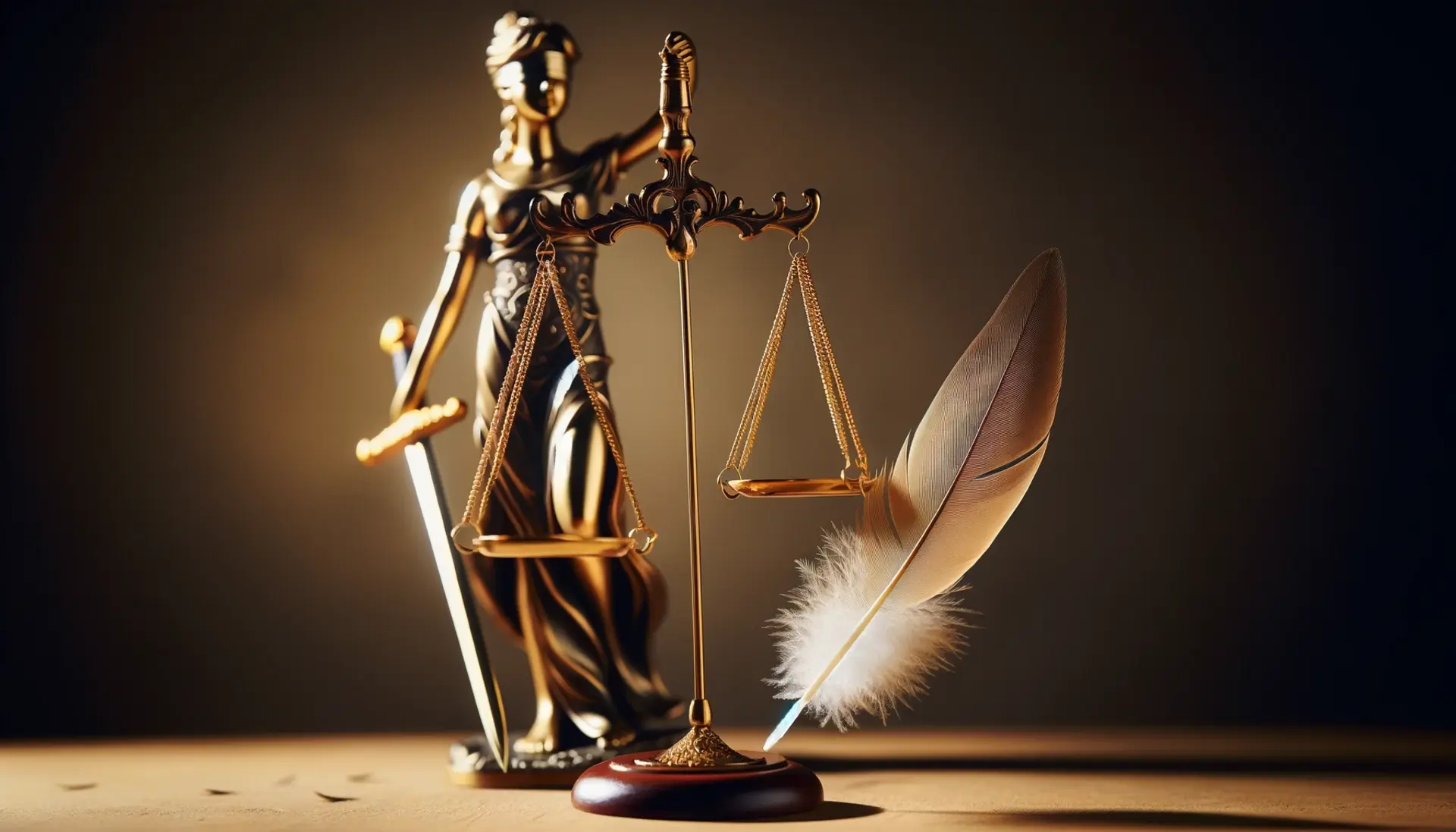
Ethical considerations come to the forefront when discussing the capacity for violence within a societal context. The key challenge remains: how can the collective conscience reconcile the need for defensive violence with the pursuit of peace? The implementation of laws rooted in justice, civil rights, and mutual respect stands as the embodiment of peace psychology - a reflection of the modern societal peace that earnestly respects the potential for violence while championing peace.
Balancing Violence and Peacefulness in Personal Lives
Incorporating the balance between violence and peacefulness into one's life is an exercise in personal resolve. Self-defense programs emphasize the importance of developing the capacity for defensive violence, signifying a peace through strength paradigm. Yet, beyond physical preparation, mental readiness— cultivating assertiveness without aggression and fostering a peaceful mindset—is just as critical.
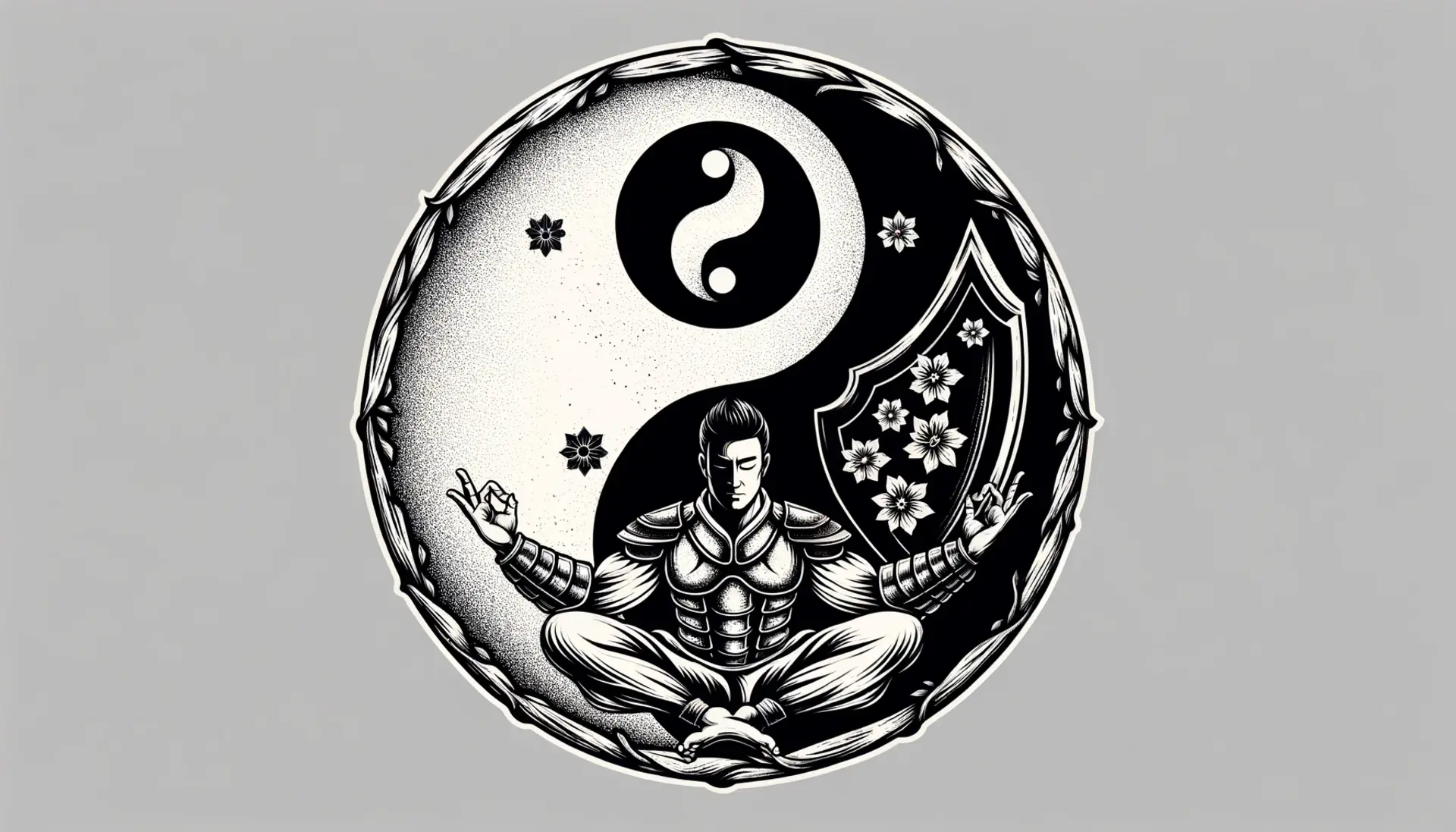
The philosophy of many self-defense courses aligns with the moral tenets of several peace activists: it’s necessary to cultivate a skillset that could be deemed as a propensity for violence— not to foster harm, but to imply a capacity for violence that acts as a safeguard for the self and others. This, however, must be presented alongside techniques for peaceful resolution and conflict de-escalation, seeking a state of harmony within oneself and within society at large.
One's journey towards embodying peace reflects a dynamic synthesis of strength, understanding, and the choice to act— or not to act— on the inherent violent capabilities. It is the conscious decision to direct one's violent potential towards constructive ends that sets apart a truly peaceful individual. Thus, a peace-centered existence is an active commitment to the preservation of benevolence, underscored by the strength to avert malignity.
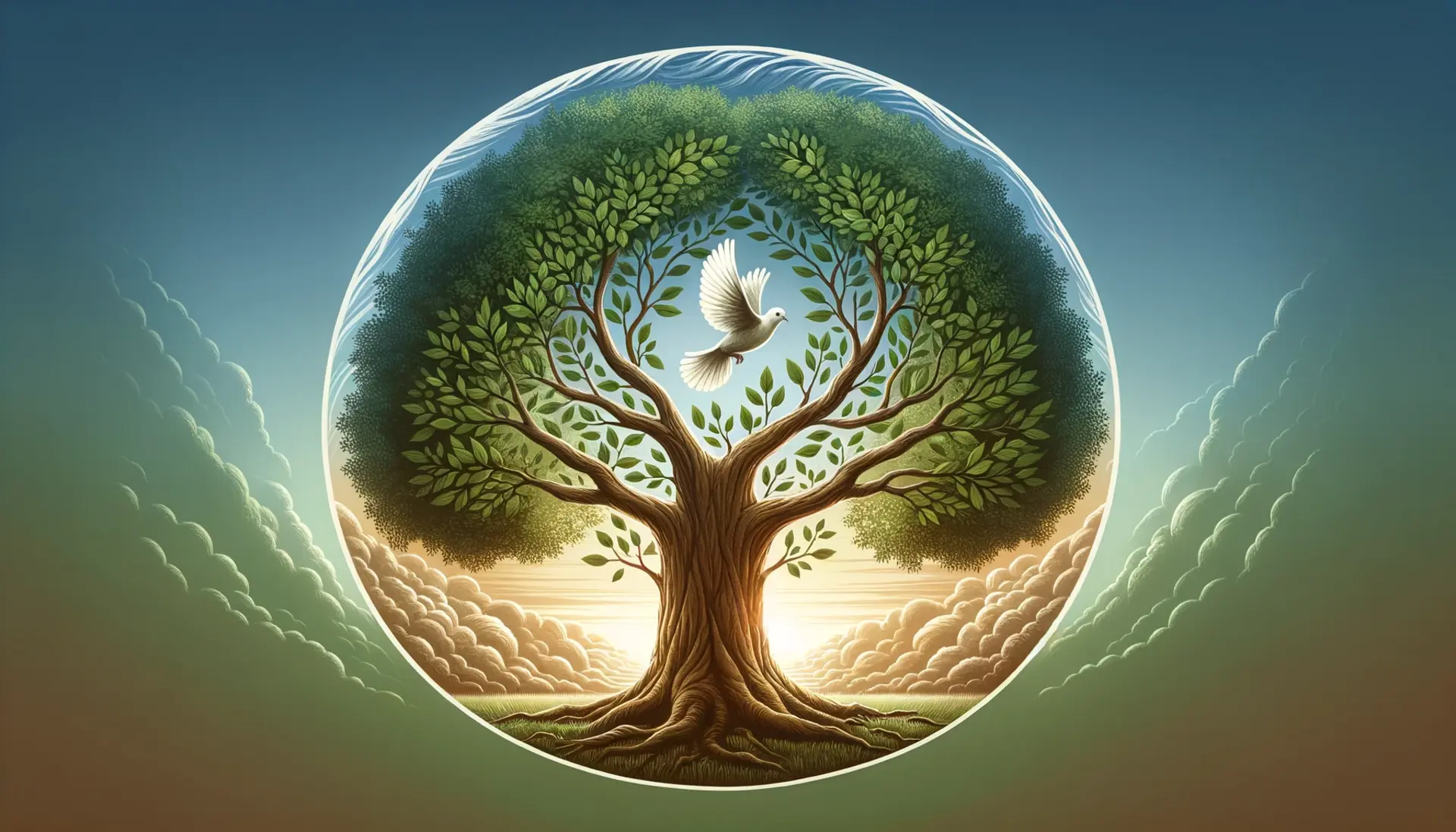
Conclusion
In the array of human experience, the distinction between peace and harmlessness is profound— underscored by the very nature of peace itself. This article unravels the intricate tapestry woven by the presence and potential of violence beneath the veneer of peace. To be peaceful is not merely to be devoid of the capacity for violence but to possess it and to choose, with wisdom and composure, the path of harmony over havoc. In grasping this distinction, we encounter the most genuine expression of what it means to live peacefully— a paradigm of serenity not marked by weakness but characterized by the latent power of restraint.
